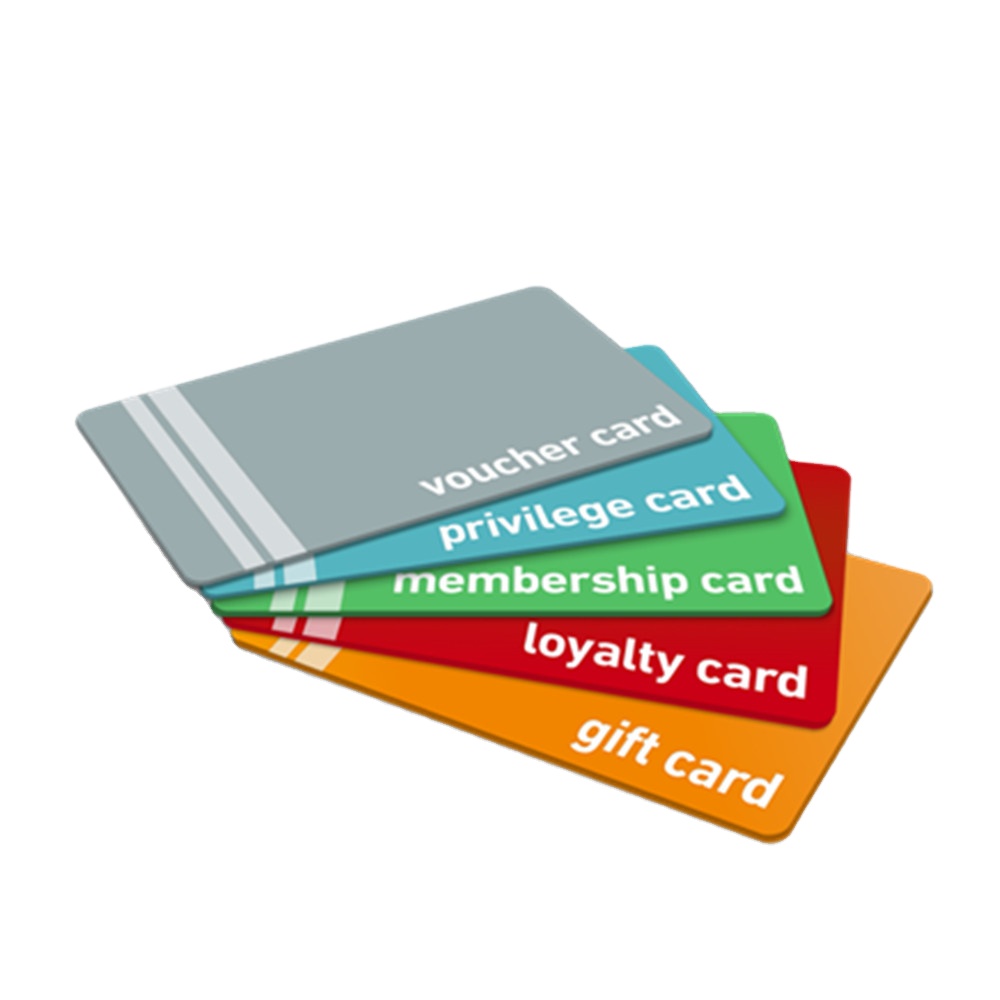
Who Benefits Most from MIFARE 1K Cards?
MIFARE 1K cards are durable, eco-friendly smart cards offering long-term use, reduced waste, and cost savings across various sectors and applications.
From Cold War Tech to Your Shopping Cart—Here’s How Tiny Chips Rule the World
The Tiny Tech Powering Your Daily Life (Yes, Even Your Grocery Trips!)
Ever wondered how Amazon warehouses track millions of items in seconds, or why your contactless credit card works through your wallet? The unsung hero? RFID inlays—the paper-thin marvels revolutionizing industries.
Did you know RFID inlays trace their roots to World War II radar systems? What started as a way to identify friendly aircraft is now embedded in your clothes, groceries, and even your pet’s collar. Let’s unravel the history, science, and real-world magic of RFID inlays—all in 3 minutes!
1940s: RFID’s ancestor, the IFF (Identify Friend or Foe) system, helps Allied planes avoid friendly fire.
1970s: First commercial RFID patents emerge for animal tracking and factory automation.
1990s: Walmart and Gillette pilot RFID for supply chains, but high costs limit adoption.
2000s: Tech miniaturization births passive RFID inlays—cheap, thin, and scalable.
Today: Over 30 billion RFID inlays are produced annually, powering everything from luxury handbags to COVID vaccine tracking.
RFID inlays are the “brains” inside RFID tags. Think of them as microscopic ID cards with two core parts:
Chip: Stores data (like a product’s serial number).
Antenna: Communicates wirelessly via radio waves.
Unlike bulky tags, inlays are ultra-thin (0.3mm!) and embedded directly into packaging, labels, or even clothing.
The Process:
A reader emits radio energy.
The inlay’s antenna captures it, powering the chip.
The chip sends back its data (no battery needed!).
The reader decodes the info and updates systems.
Fun Fact: Passive inlays cost as little as $0.10 and last decades—why your 10-year-old metro card still works!
| Type | Power Source | Read Range | Cost | Best For |
|---|---|---|---|---|
| Passive Inlay | Reader’s radio waves | 3 cm – 10 m | 0.10–0.10–0.50 | Retail tags, library books |
| Active Inlay | Built-in battery | Up to 100 m | 5–5–50 | Shipping containers, toll booths |
| Semi-Active | Battery-assisted | 10 m – 30 m | 1–1–3 | Cold storage monitoring |
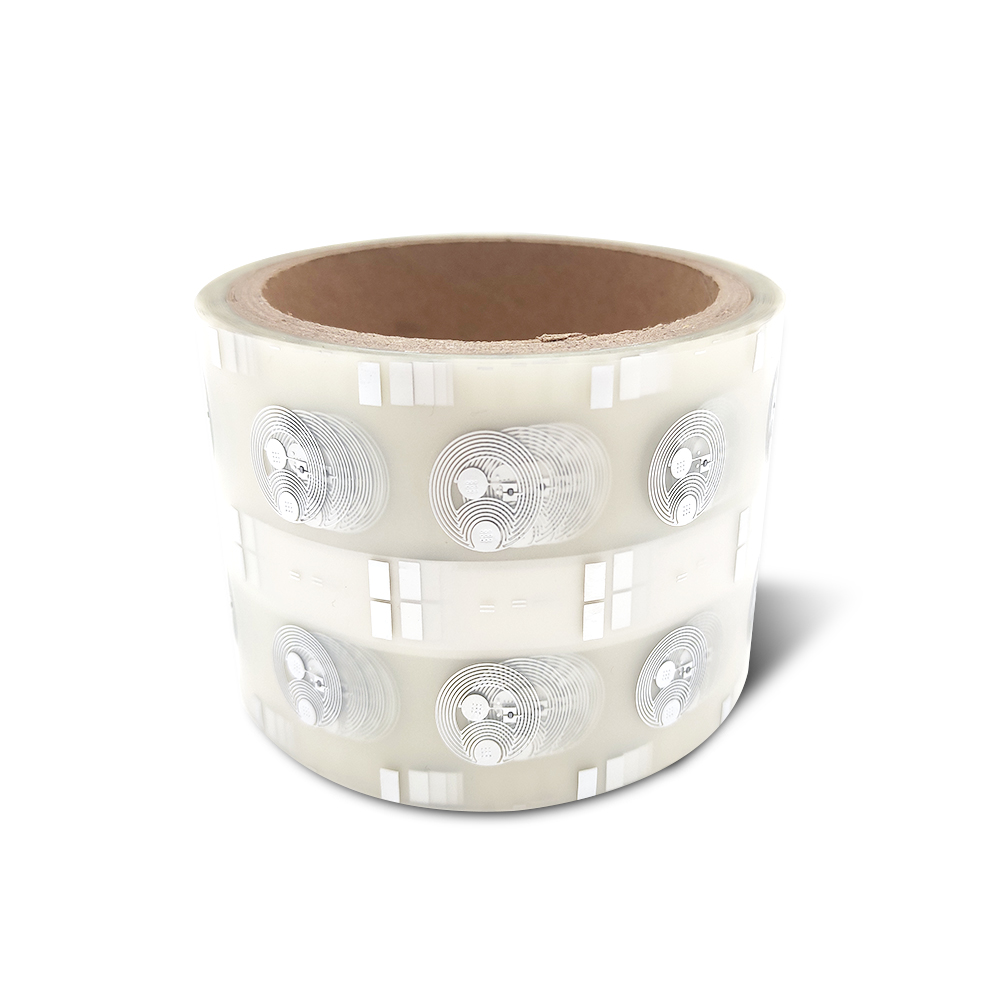
Luxury Anti-Counterfeiting
Brands like Moutai embed encrypted inlays in liquor bottles. Scan to verify authenticity and trace production history.
Hospital Life-Savers
Hospitals track surgical tools with inlays, reducing lost equipment costs by $400k/year (per UCLA Health case study).
Fast Fashion Revolution
Zara uses inlays to manage 500M+ annual inventory checks, slashing stock errors by 80%.
Smart Libraries
No more checkout lines! Inlays in book spines let scanners read 20+ titles per second.
Pet Safety
Microchips (yes, they’re RFID inlays!) reunite 90% of lost pets with owners.
Cost Cuts: Reduce inventory labor by 70% (Walmart’s post-RFID savings).
Eco Wins: Track recyclables; H&M uses inlays to boost garment recycling by 40%.
Fraud Busting: Encrypted inlays cut counterfeit sales by 95% in pilot EU pharma trials.
Biodegradable Inlays: Dissolve after use (tested in McDonald’s packaging).
AI Integration: Predict stock shortages using inlay data patterns.
NFC+ Payment Hybrids: Pay and earn loyalty points with one tap (Starbucks testing).
🚫 “Too Expensive”: Bulk passive inlays cost less than printer ink.
🚫 “Privacy Invaders”: Most store only IDs, not personal data.
🚫 “Fragile”: NASA uses them on Mars rovers (-120°C to 70°C proof!).
Q: Can my phone read RFID inlays?
A: Android phones can scan most; iPhones read NFC inlays (Apple Pay tech).
Q: How long do they last?
A: Passive: 10+ years. Active: 3–5 years (battery-dependent).
Q: Are they secure?
A: Safer than barcodes! AES-128 encryption thwarts hackers.
Whether you’re a small biz owner tired of inventory headaches or a consumer who hates checkout lines, RFID inlays are the invisible upgrade making life smoother. Next time you tap to pay, thank the humble inlay—it’s working overtime for you!
Newest trends and common knowledge in RFID laundry tags.

MIFARE 1K cards are durable, eco-friendly smart cards offering long-term use, reduced waste, and cost savings across various sectors and applications.
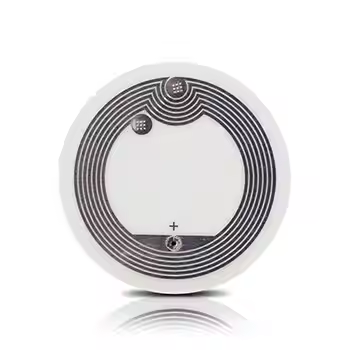
Discover the versatility of NTAG213 NFC inlays for tracking and engagement. Enhance security, streamline operations, and boost brand visibility effortlessly!
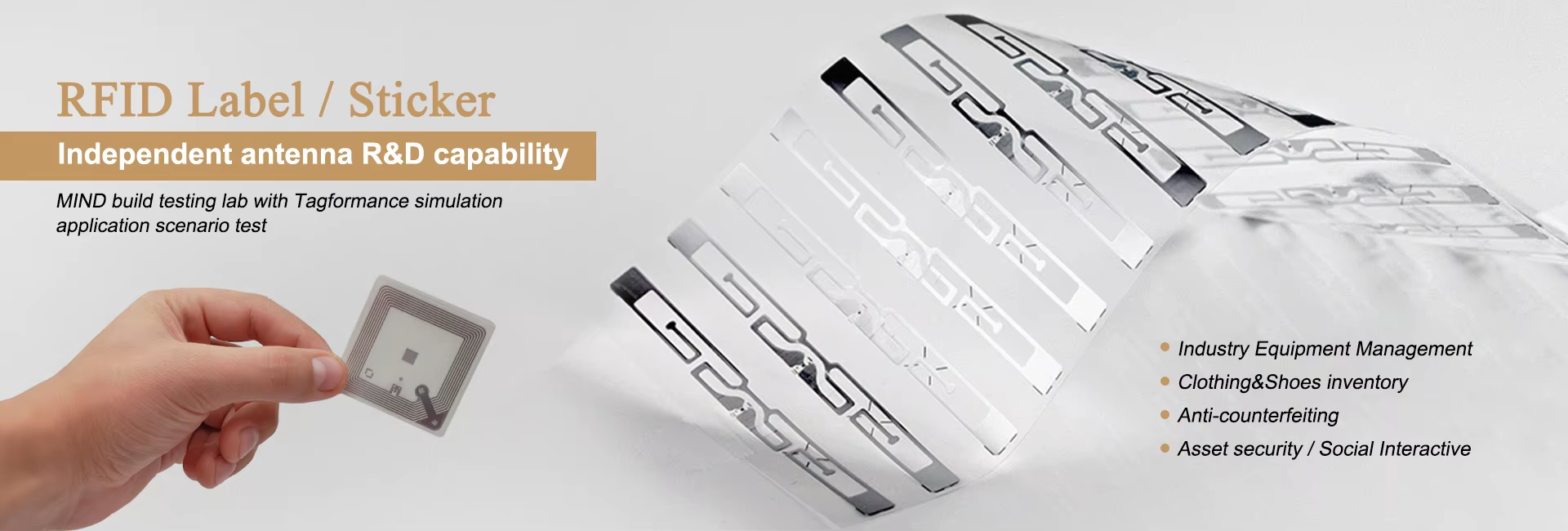
RFID tags in supermarkets subtly influence your shopping route, increasing spending by guiding you through the store. Data helps optimize layouts.
As one of the top RFID Tag manufacturers in China, we specialize in high-quality RFID Tag and other RFID products designed to meet the diverse needs of various industries.
@ 2024 RFID Laundry Tag. All right reserved.
Didn’t find what you want? Ask our manager for help!